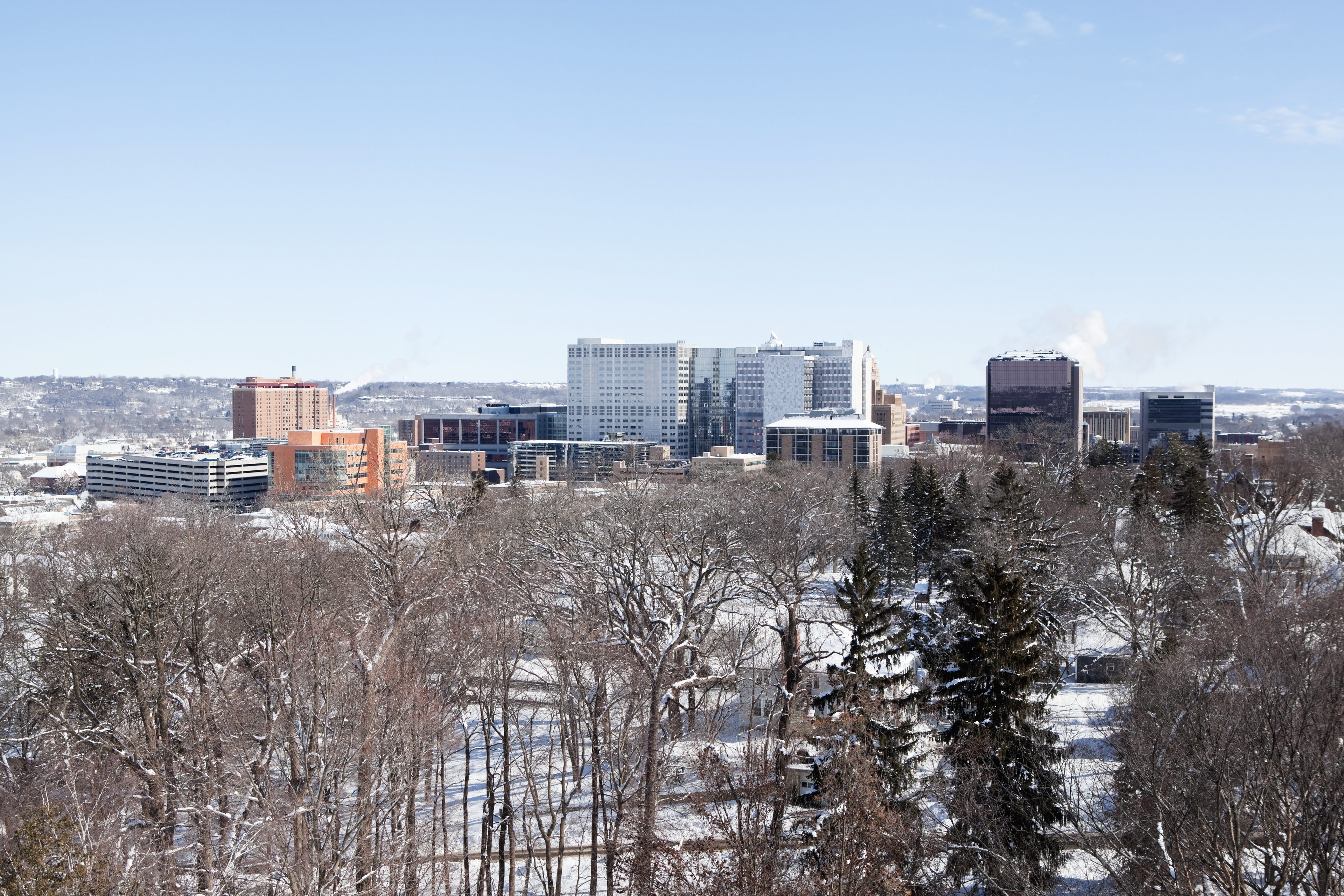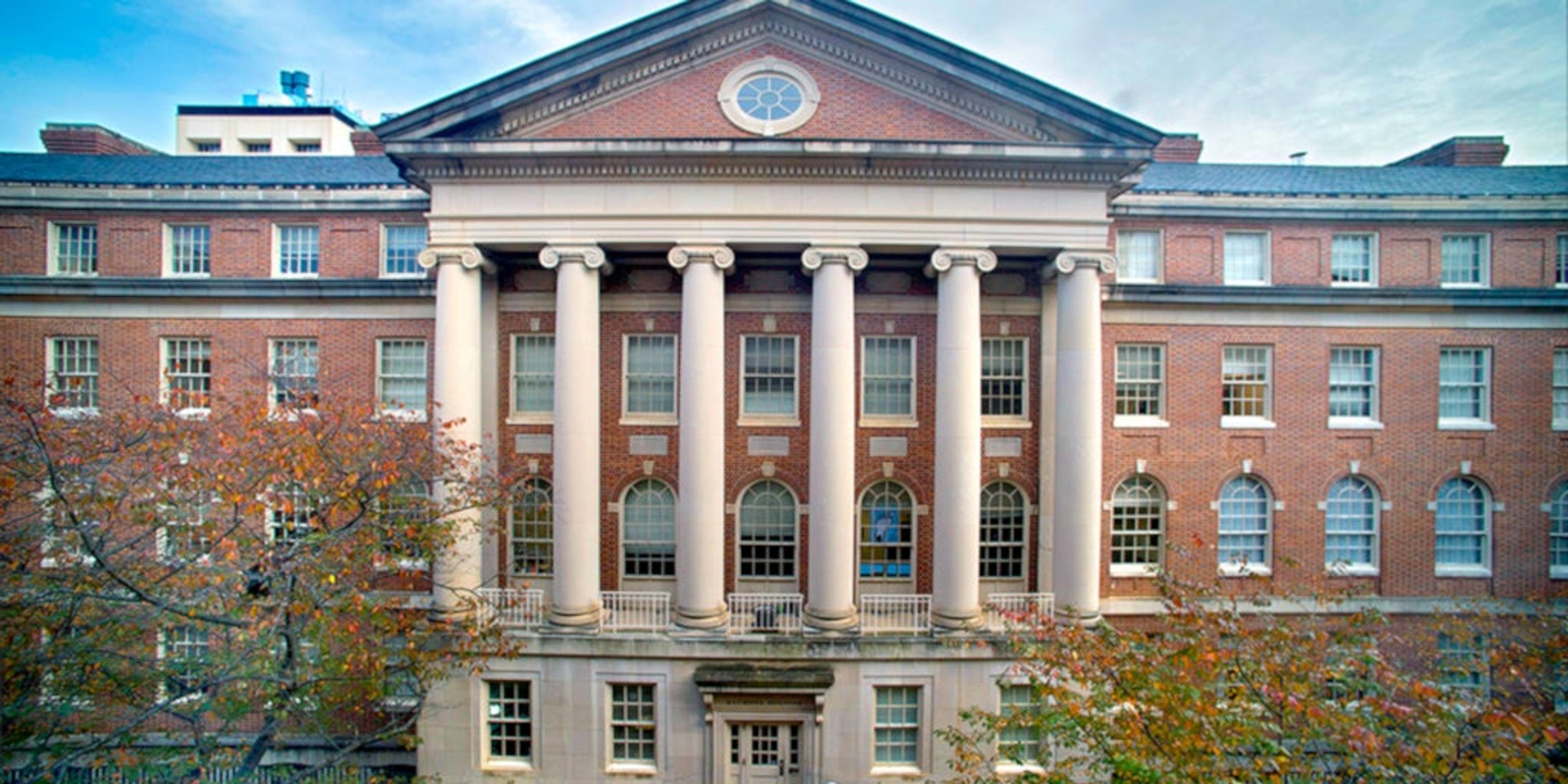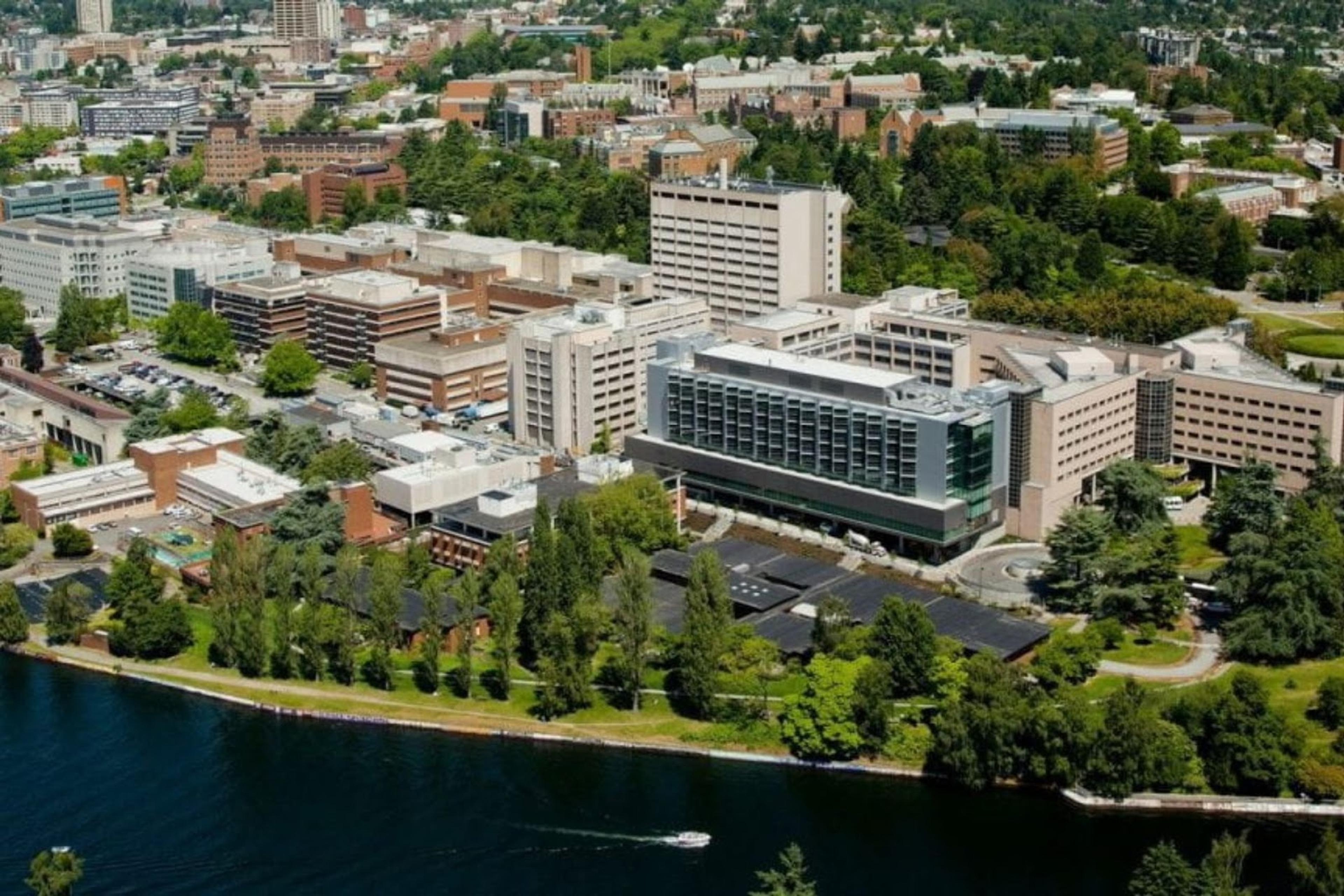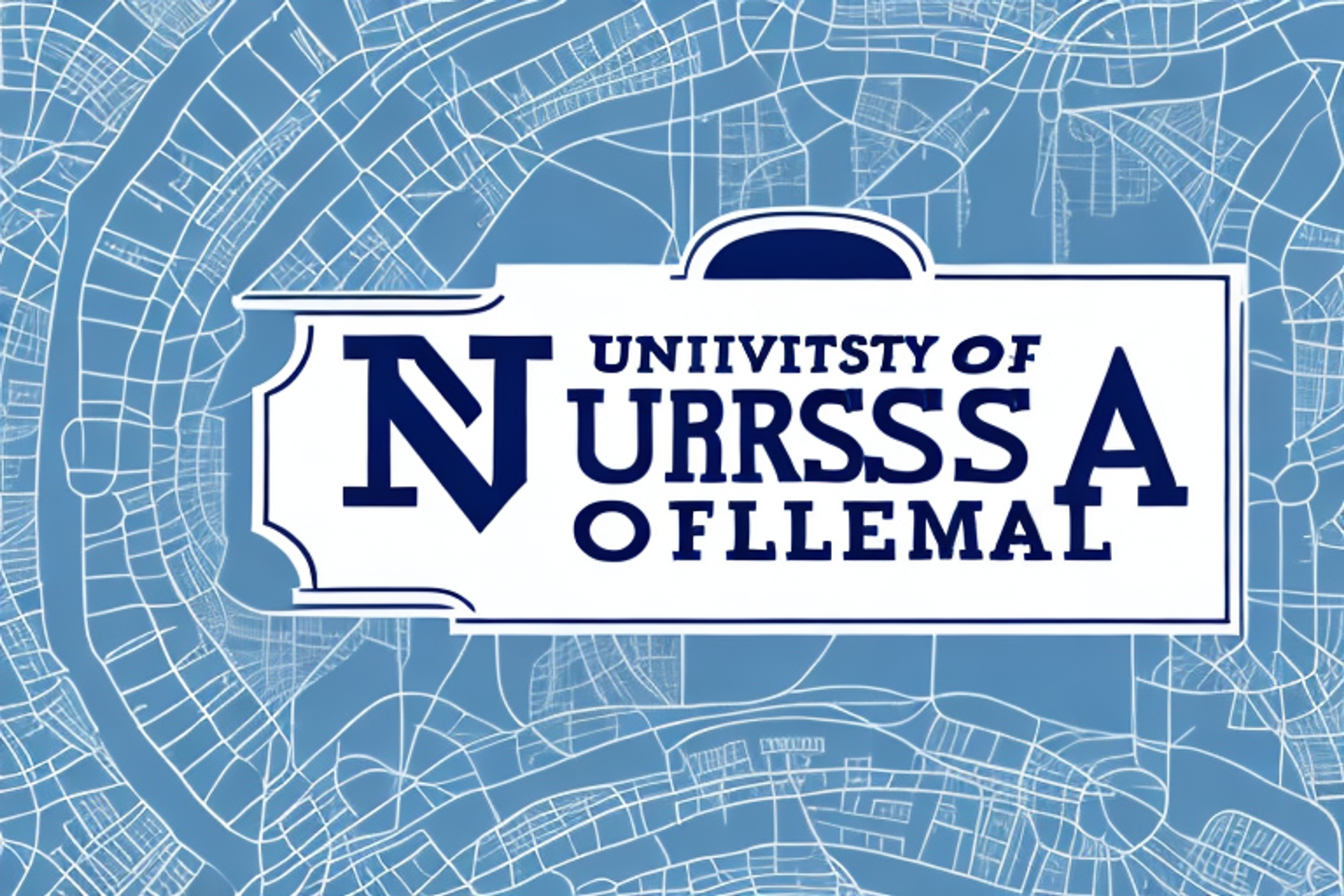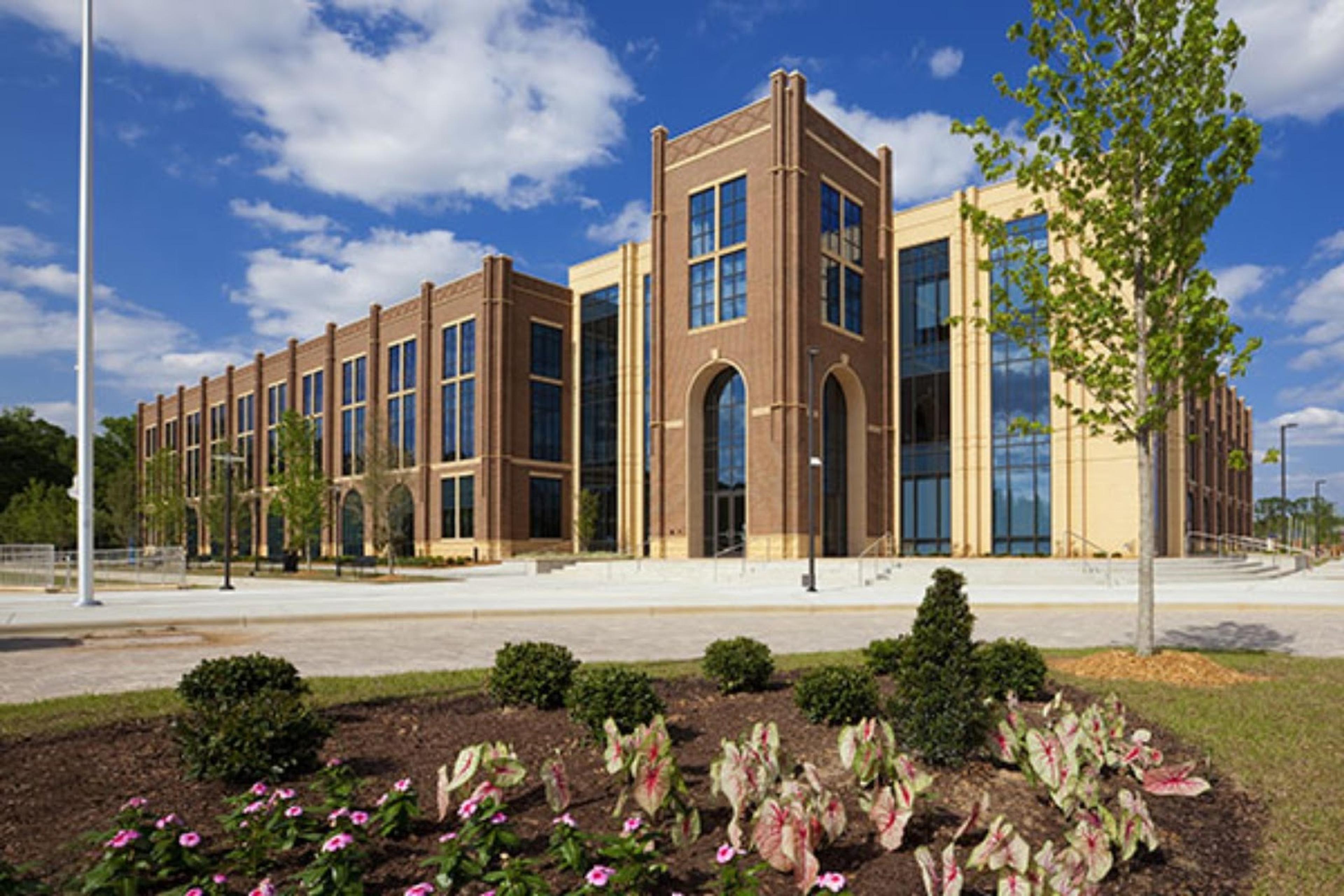Is Radiology Competitive? Insights Into the Field's Admission Process
Discover the truth about the competitiveness of the radiology field and gain valuable insights into the admission process.
Posted April 3, 2025

Table of Contents
Radiology is one of the most promising fields of medicine today, with a growing demand for radiologists who specialize in the use of imaging technology to diagnose and treat diseases. As a result of this demand, the admission process for radiology residency programs has become increasingly competitive in recent years. In this article, we will explore the reasons behind the competitiveness of the field of radiology and provide insights into the admission process for radiology residency programs.
Understanding the Basics of Radiology
Radiology is a branch of medicine that uses medical imaging techniques such as X-rays, CT scans, MRI scans, and ultrasound to diagnose and treat diseases. Radiologists are medical doctors who have specialized in the use of these imaging techniques and are able to interpret the diagnostic images and provide accurate diagnoses for patients.
Medical imaging has revolutionized the way doctors diagnose and treat diseases. With the help of radiology, doctors are able to detect diseases at an early stage, which can lead to better treatment outcomes. Radiology is also used to guide minimally invasive procedures, such as biopsies and surgeries, which can reduce the risk of complications and shorten recovery time for patients. As technology continues to advance, the field of radiology is constantly evolving, with new imaging techniques and tools being developed to improve patient care.
The Growing Demand for Radiologists
The growing demand for radiologists is due to the increasing prevalence of diseases such as cancer, heart disease, and neurological disorders, which require the use of imaging technology for early diagnosis and treatment. Additionally, with the advancements in medical technology, new imaging techniques are constantly being developed, leading to a higher demand for radiologists who are well-versed in the use of these techniques.
Furthermore, the aging population is also contributing to the growing demand for radiologists. As people age, they are more likely to develop health conditions that require medical imaging, such as osteoporosis and arthritis. This means that there will be an increased need for radiologists who can interpret and analyze these images to provide accurate diagnoses and treatment plans.
A Brief History of Radiology Education
Radiology education in the United States dates back to the early 20th century, when X-ray technology was first introduced. Initially, radiology was taught as a sub-specialty of diagnostic radiology, but over time it has evolved into a separate medical specialty. Today, radiology is a highly specialized field that requires extensive training and education.
In recent years, there has been a shift towards incorporating more technology and digital imaging into radiology education. This includes the use of virtual reality simulations and online learning platforms. Additionally, there is a growing emphasis on interprofessional education, where radiology students work alongside students from other healthcare professions to improve patient care and outcomes.
The Admission Process for Radiology Residency Programs
The admission process for radiology residency programs is highly competitive, with a large number of applicants vying for a limited number of spots each year. The admission process typically includes several rounds of review, including an initial screening of the applicant's credentials, an interview with the admissions committee, and a review of the applicant's research and clinical experience.
In addition to the standard admission requirements, some radiology residency programs may also require applicants to complete additional coursework or training in specific areas, such as radiation safety or medical ethics. It is important for applicants to carefully review the admission requirements for each program they are interested in and to tailor their application materials accordingly.
Criteria for Selection in Radiology Residency Programs
The criteria for selection in radiology residency programs include a combination of academic achievement, clinical experience, research experience, and personal qualities such as leadership potential, communication skills, and teamwork ability. For applicants who are just starting their medical training, research experience and academic achievement are particularly important, as they demonstrate a commitment to the field and a strong work ethic.
In addition to the aforementioned criteria, radiology residency programs also consider an applicant's extracurricular activities and community involvement. These activities can demonstrate a well-rounded individual with a passion for service and a dedication to improving the lives of others. Furthermore, programs may also consider an applicant's geographic location and cultural background, as diversity and representation are important factors in creating a well-rounded and inclusive learning environment.
It is important to note that while meeting the criteria is important, it is not the only factor in the selection process. Radiology residency programs also value applicants who are passionate about the field and have a clear vision for their future career goals. This can be demonstrated through a well-written personal statement and strong letters of recommendation from mentors and colleagues who can attest to the applicant's dedication and potential for success in the field of radiology.
Preparing for a Career in Radiology: Tips and Strategies
If you are considering a career in radiology, there are several tips and strategies that can help you prepare for the admission process. These include developing a strong background in anatomy and physiology, participating in research opportunities, and gaining clinical experience in related medical specialties.
It is also important to stay up-to-date with the latest advancements in radiology technology and techniques. This can be achieved by attending conferences, workshops, and continuing education courses. Additionally, networking with professionals in the field can provide valuable insights and opportunities for career advancement.
Common Challenges Faced by Radiology Applicants
Common challenges faced by radiology residency applicants include the highly competitive nature of the admission process, the high workload and stress levels of the field, and the potential for burnout over time. To be successful in the field of radiology, it is important to be prepared for these challenges and have a strong support system in place.
Another challenge faced by radiology applicants is the constantly evolving technology and techniques used in the field. Radiology is a rapidly advancing field, and it is important for applicants to stay up-to-date with the latest developments in order to provide the best possible care for their patients. This requires a commitment to ongoing education and professional development, which can be challenging to balance with the demands of a residency program.
The Role of Standardized Tests in Radiology Admissions
Standardized tests such as the USMLE and the Radiology Board Exams are an important part of the admission process for radiology residency programs. These tests help to ensure that applicants have a strong foundation in medical knowledge and are able to apply their knowledge to clinical practice.
In addition to assessing medical knowledge, standardized tests also provide a way for residency programs to compare applicants on a level playing field. With a large pool of applicants, it can be difficult to evaluate each candidate's qualifications and potential. Standardized tests provide a standardized measure of each applicant's abilities, making it easier for programs to make informed decisions about who to accept into their program.
Alternatives to Traditional Radiology Residency Programs
For applicants who are unable to secure a spot in a traditional radiology residency program, there are several alternative options available. These include fellowships in specialized areas of radiology, as well as combined residency programs that include both diagnostic radiology and other medical specialties such as internal medicine or surgery.
The Importance of Networking in the Field of Radiology
Networking is an important aspect of the field of radiology, as it can lead to job opportunities and collaborations on research projects. Attending conferences and events within the radiology community, as well as joining professional organizations such as the American College of Radiology, can help to build a professional network and open doors to future opportunities.
A Closer Look at the Curriculum for Radiology Residents
The curriculum for radiology residents typically includes a combination of didactic lectures, hands-on clinical experience, and research opportunities. The focus of the curriculum is on developing strong clinical skills, as well as a deep understanding of the principles of medical imaging and radiology-related technology.
Evaluating the Quality of Radiology Residency Programs
When evaluating the quality of radiology residency programs, there are several factors to consider, including the program's reputation, the quality of the faculty and clinical instructors, and the research opportunities available to residents. Additionally, it is important to consider whether the program is accredited by the Accreditation Council for Graduate Medical Education (ACGME), which ensures that the program meets high standards of quality and rigor.
Career Opportunities and Advancement in the Field of Radiology
Career opportunities in the field of radiology are diverse and include roles in both academia and private practice. Advancement opportunities include moving into leadership roles within a practice or hospital system, as well as opportunities for research and development of new imaging technologies and techniques.
Key Trends and Developments in the World of Radiology Admissions
Key trends and developments in the world of radiology admissions include the increasing use of artificial intelligence in medical imaging, the growing demand for subspecialists within the field, and the evolving role of radiology in the era of precision medicine. As the field of radiology continues to evolve, it is important for aspiring radiologists to stay abreast of these trends and developments to ensure a successful career.
In conclusion, the field of radiology is highly competitive, with a growing demand for radiologists who are well-versed in the use of medical imaging techniques. To pursue a career in radiology, it is important to have a strong academic background, extensive clinical experience, and a commitment to ongoing learning and professional development.
